|
John Tyman's Cultures in Context Series AFRICAN HABITATS : FOREST, GRASSLAND AND SLUM Studies of the Maasai, the Luhya, and Nairobi’s Urban Fringe |
|
|
|
|
|
John Tyman's Cultures in Context Series AFRICAN HABITATS : FOREST, GRASSLAND AND SLUM Studies of the Maasai, the Luhya, and Nairobi’s Urban Fringe |
|
|
|
|
Click for full-screen images
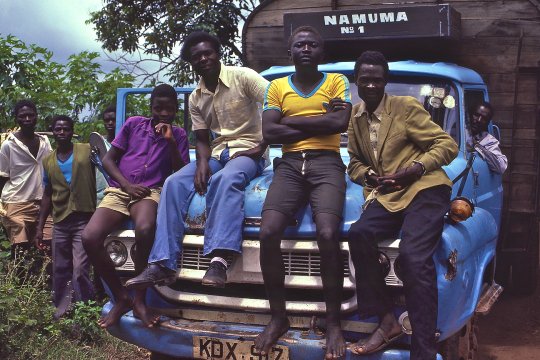 |
| 055. His wealth was also mirrored in the fact that he could afford 5 wives. And he also owned a truck which was used to haul maize … that of his neighbours under contract, as well as his own. |
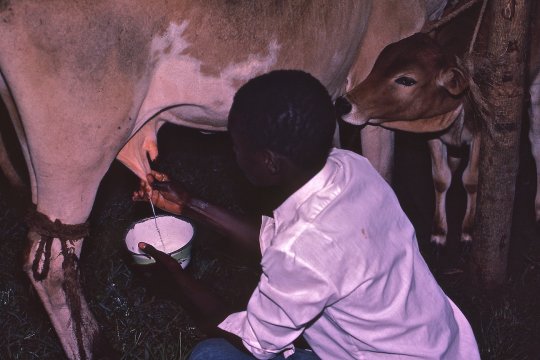 |
| 060. Milking is done by both men and women; and when it is not consumed directly, the milk is turned into butter or fermented to produce yoghurt. |
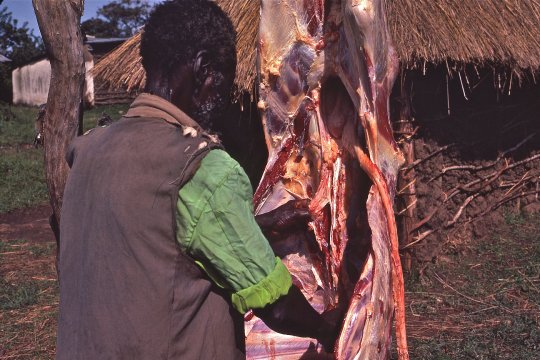 |
| 061. Occasionally a cow, goat or sheep will be butchered like this for meat ... |
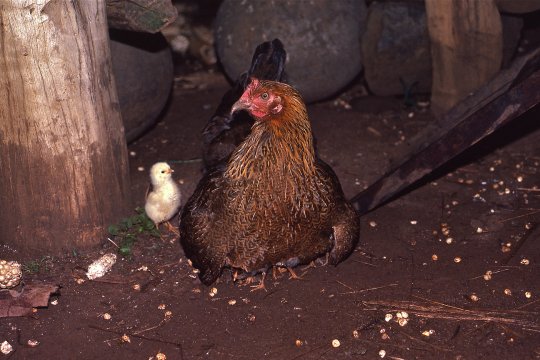 |
| 062. But chickens provide most of the meat eaten here, in addition to eggs. |
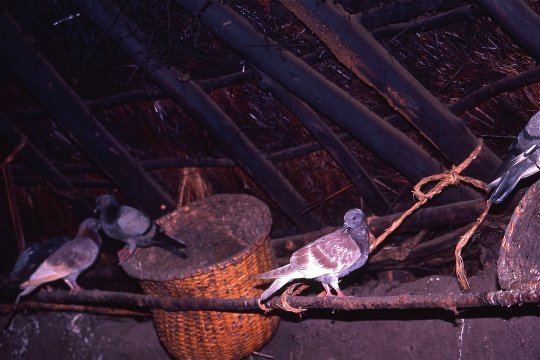 |
| 063. Some families also raise pigeons -- for both food and fertilizer. |

![]()
Text, photos and recordings
by John Tyman
Intended for Educational Use
Only.
Contact Dr. John Tyman at johntyman2@gmail.com
for more information regarding
licensing.
![]()
www.hillmanweb.com
Photo processing, Web page layout,
formatting and hosting by
William
Hillman ~ Brandon, Manitoba ~ Canada